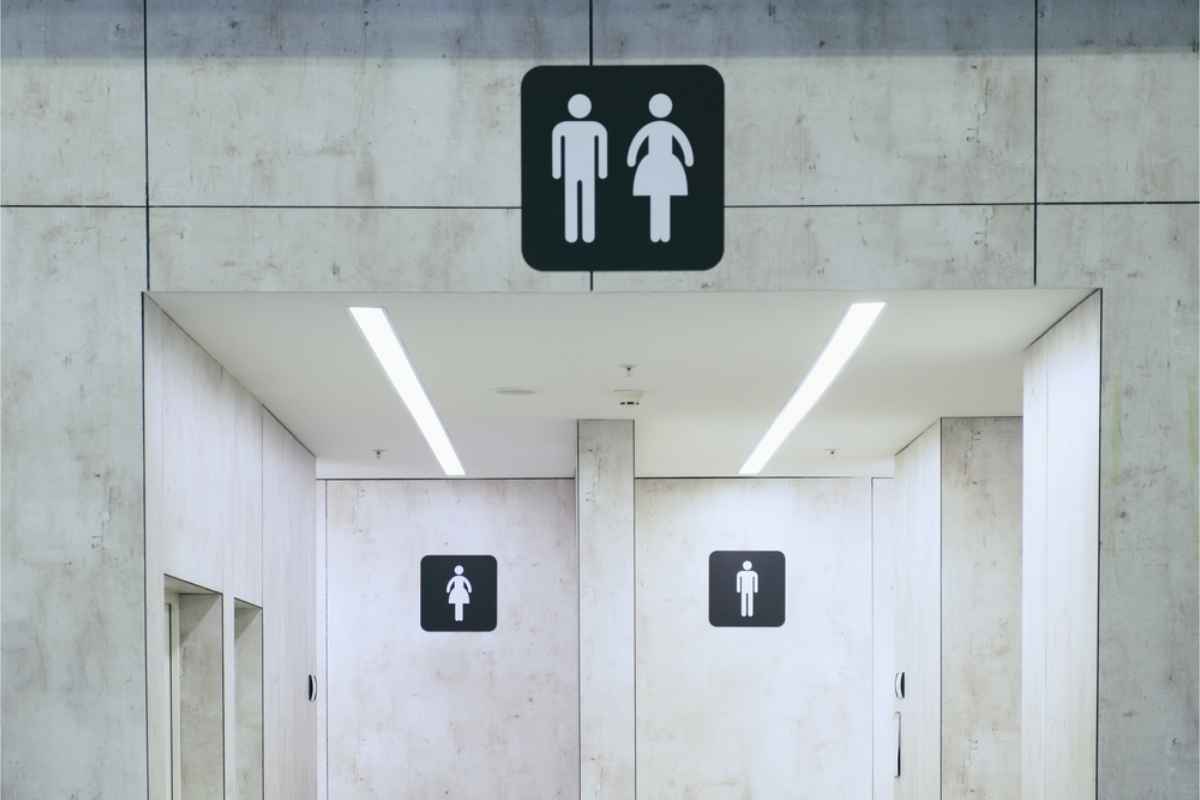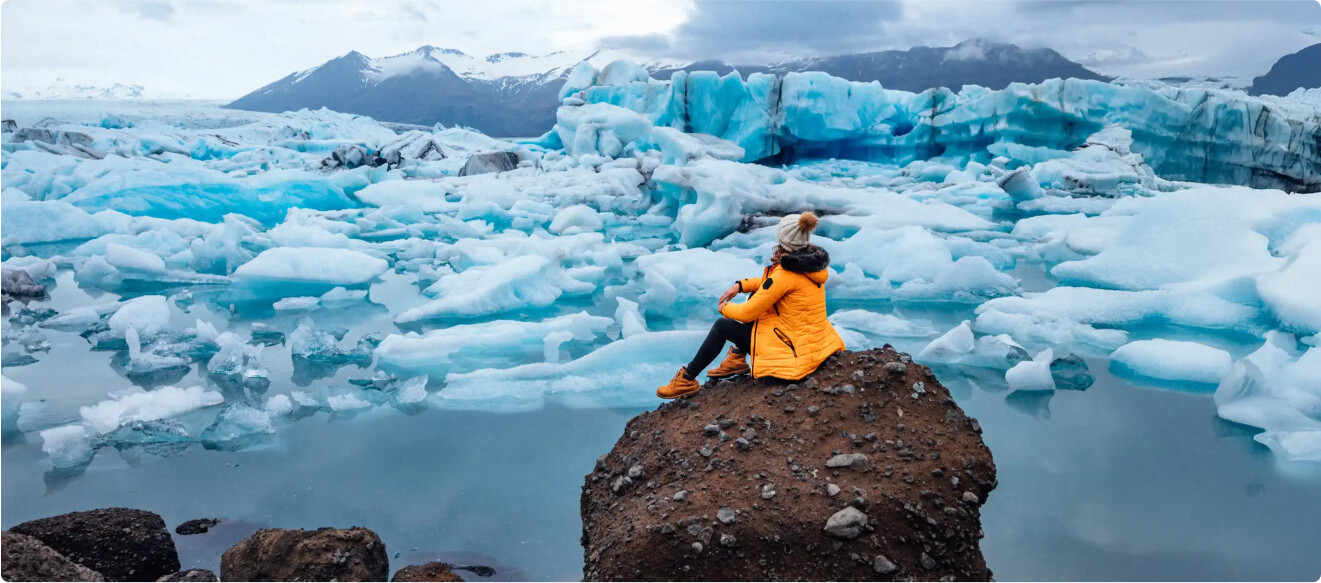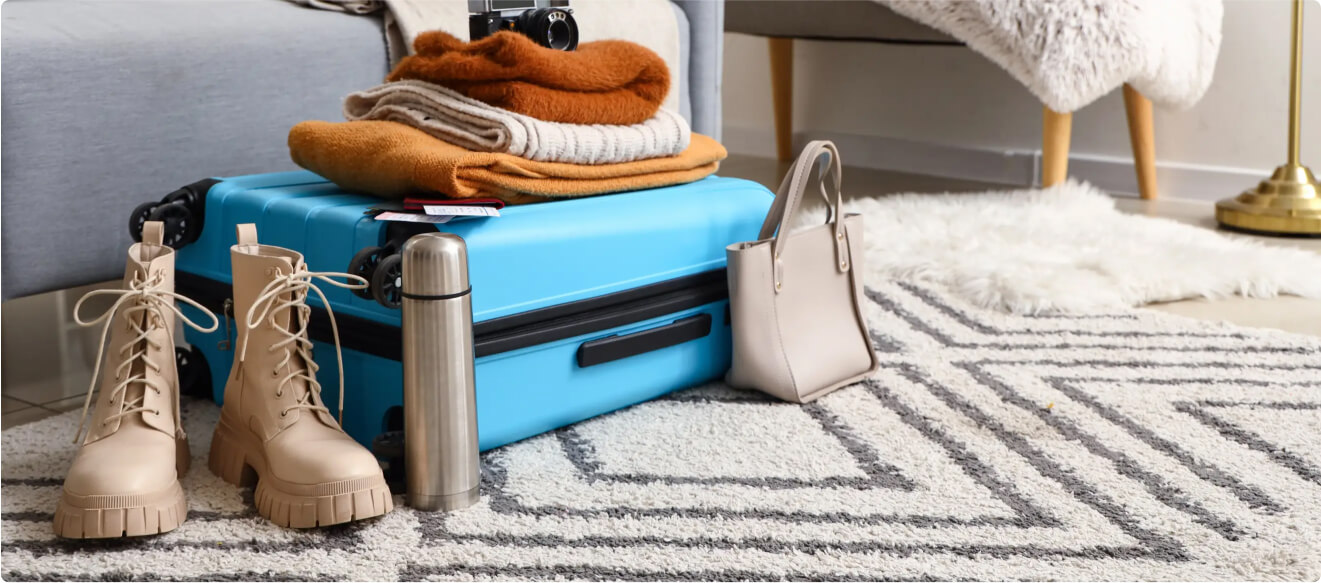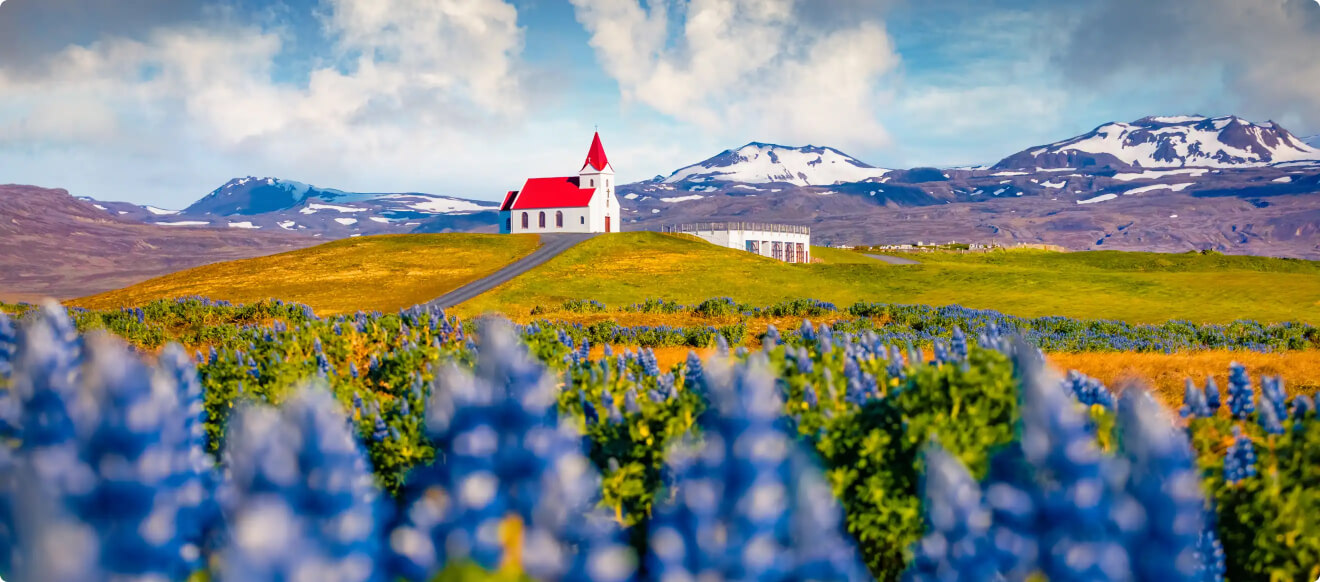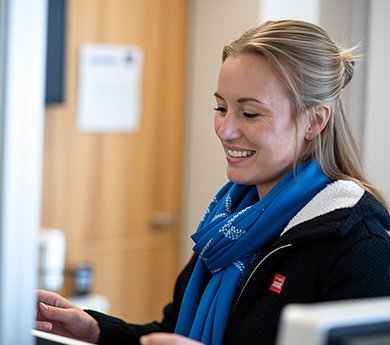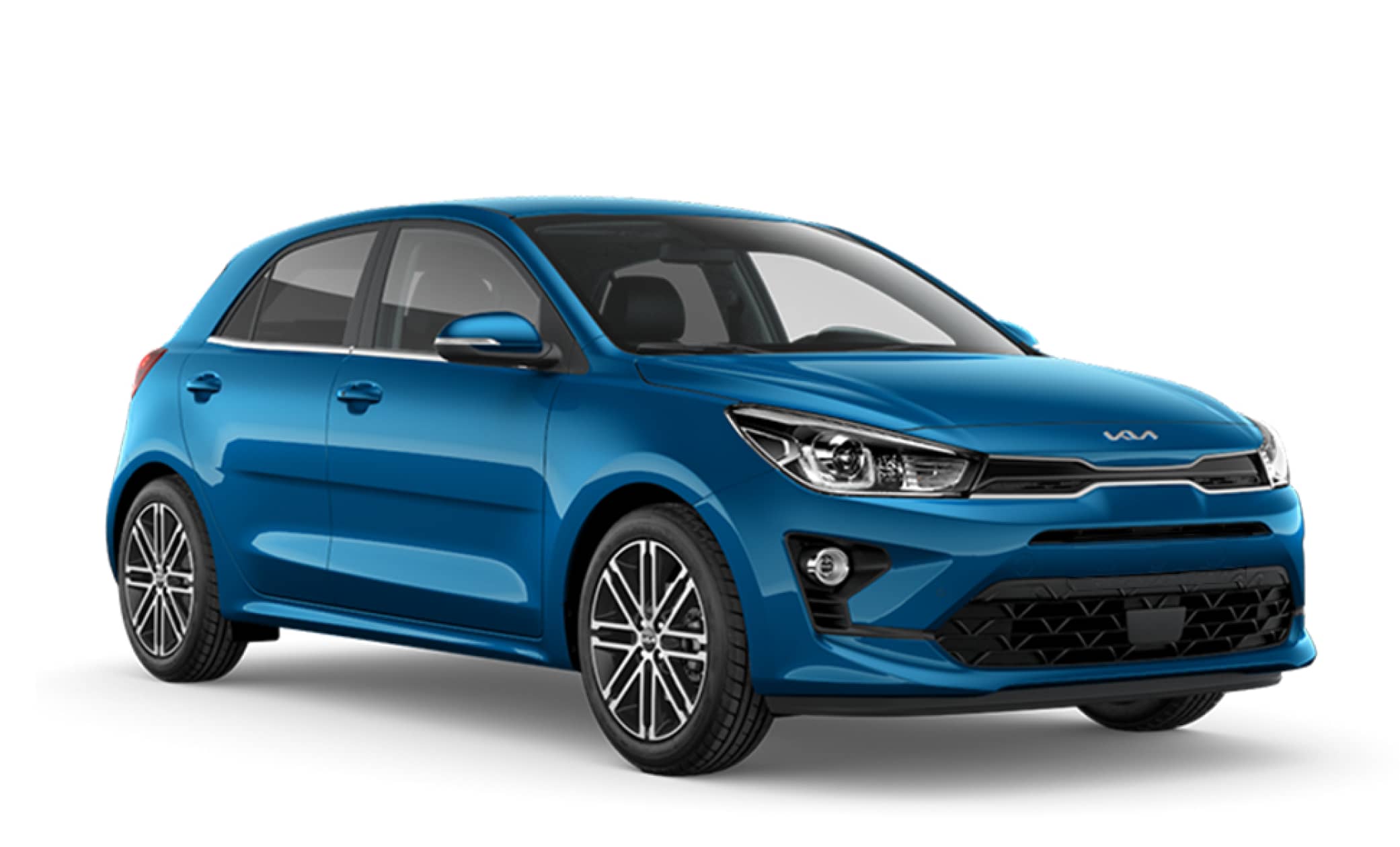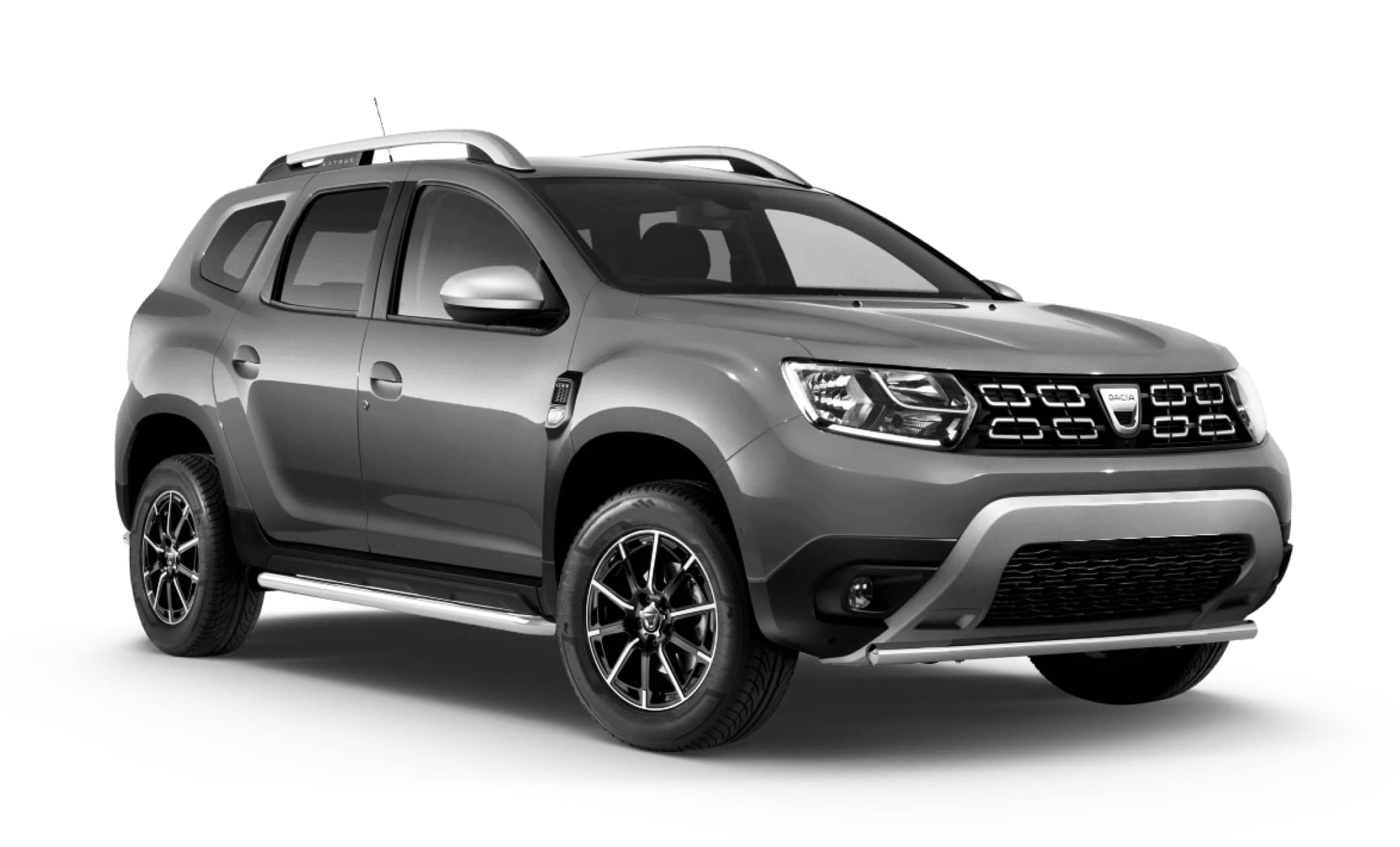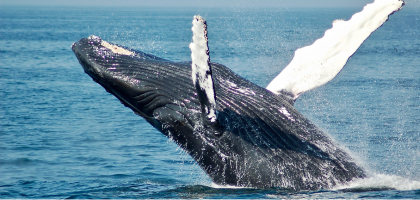Most travelers laugh when they hear ‘Iceland bathrooms’ until they find themselves counting sheep in the middle of nowhere with no toilet in sight. Reykjavík is fine. Flush luxury on every corner.
Step outside the city, though, and you are gambling with a tin shack by a glacier or a locked cubicle at a tourist site. On the Ring Road, where nearly everyone drives, bathroom planning is survival. Timing matters. Coins matter. Patience matters. Miss those, and your ‘epic road trip’ quickly becomes an awkward roadside memory.
Why Bathroom Planning Matters When Renting a Car
There are long stretches of highway in Iceland where bathrooms simply do not exist. Between small towns, you can drive 80 to 100 kilometers (50 to 62 miles) without spotting a toilet.
That might be manageable if you are alone, but with kids or older passengers, it becomes a test of nerves. Families do not have the luxury of “holding it” until the next gas station. This is where having your own wheels matters. When you rent a car in Iceland, you decide when and where to stop instead of relying on rigid bus schedules.
It is freedom in the most practical sense. For more on why driving is the smarter choice, check out this guide on Getting Around Iceland. Bathrooms in Iceland may be limited, but with a car, you control the journey and avoid turning a simple road trip into a stressful waiting game.

Where to Find Public Bathrooms in Iceland
Now that you know why bathroom planning matters, the next thought creeping in is obvious: Alright, but where do I actually go? Here are the answers to your very important question:
Gas Stations Along the Ring Road
If there’s one rule about driving Iceland’s Ring Road, it’s this: never underestimate gas stations in Iceland. They are the real HQ for Iceland’s public bathrooms, and sometimes your only option for hours. Out here, distances stretch 40 to 80 kilometers (25 to 50 miles) between stops, which feels normal, and when the urge hits, that’s a long wait.
Major chains like N1, Olís, and Orkan nearly always have toilets. Some spotless, others… well, functional. Plenty of these stations double as convenience stores, so a bathroom run often turns into hot dogs, snacks, or a strong coffee you didn’t plan to buy.
A few run 24 hours, which feels like winning the lottery when every café is locked up and the roads still demand another hundred kilometers. You’ll find yourself relying on them more than expected.
Most travelers laugh when they hear ‘Iceland bathrooms’ until they find themselves counting sheep in the middle of nowhere with no toilet in sight. Reykjavík is fine. Flush luxury on every corner.
Step outside the city, though, and you are gambling with a tin shack by a glacier or a locked cubicle at a tourist site. On the Ring Road, where nearly everyone drives, bathroom planning is survival. Timing matters. Coins matter. Patience matters. Miss those, and your ‘epic road trip’ quickly becomes an awkward roadside memory.
Visitor Centers, Cafés & Tourist Attractions
Finding public bathrooms in Iceland takes some planning, but visitor centers, like the one at Thingvellir, nearly always have toilets, though you’ll pay a small fee. Cafés and restaurants are another safe bet: order a coffee and you’ll get access to clean facilities.
In Reykjavík’s restaurants, you can expect modern bathrooms, while in rural cafés, things can be more basic but still reliable. Bathrooms at major tourist sites, like waterfalls, often have coin-operated cubicles, keep small change handy.
Stand-Alone Toilets in Towns & Cities
In Reykjavík and Akureyri, you’ll spot free-standing public bathrooms in Iceland, often tucked beside parking lots. They’re functional, not glamorous.
These facilities are tied closely to parking rules: if you’re paying to leave your car in a city lot, chances are there’s a bathroom nearby. Reykjavík in particular has invested in them, but don’t expect luxury; it’s a quick stop, not a lounge.
Tourists sometimes complain about the cost, yet when the nearest café is packed, a clean cubicle steps up. Akureyri has fewer, but the system works the same. If you’re parking in Reykjavík, note that bathrooms often come with the territory. Out here, paying for both the space and the stall is just part of the rhythm.
Remote Areas and Parking Lot Toilets
Bathrooms in campsites and camping areas in Iceland's national parks and trailheads are often as basic as they come. Expect chemical stalls in a corner of the parking lot, built for function, not comfort. A cubicle, a tank, maybe hand sanitizer if you’re lucky. Nothing fancy, but when you step off a trail after hours in the cold, you won’t care.
These restrooms in Iceland are usually seasonal. In summer, they handle the hiker rush, and in winter, many shut completely, leaving empty boxes or locked doors. Plan around it. Off-season travelers often find themselves caught off guard.
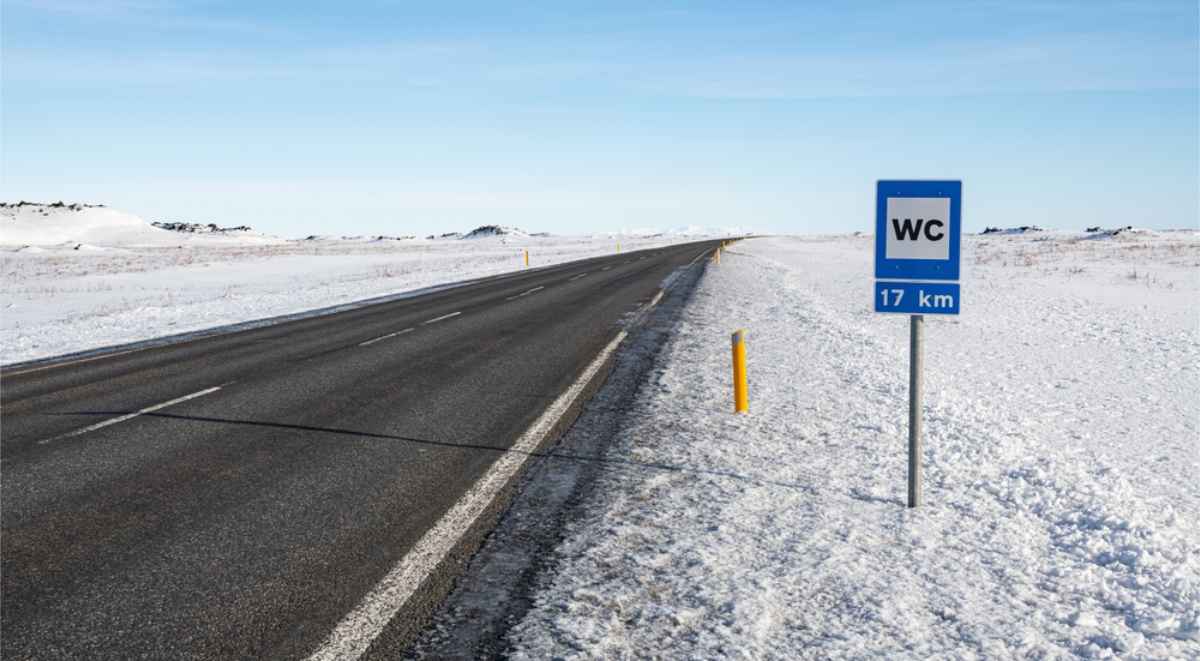
How Much Do Public Toilets Cost in Iceland?
There’s nothing worse than nature calling, spotting a bathroom, and finding the door locked. Perfect. I can afford a rental car, but not a toilet break? Let’s get you up to speed about what it costs to answer the calling of Mother Nature.
Paid vs Free Toilets (What to Expect)
Icelandic public bathrooms don’t always swing open for free. High-traffic spots like museums, bus terminals, and major landmarks often charge 100-300 ISK (about 0.70-2.20 USD) to get through the door. The fee keeps the cubicles clean and open year-round, even in places where maintenance isn’t simple.
Free facilities exist, but they usually come with a catch. Gas stations across Iceland almost always let customers use restrooms without charge, and most are modern, heated, and far cleaner than you’d expect.
Buy fuel or a hot dog, and nobody questions your bathroom dash. Supermarkets, libraries, and smaller museums sometimes provide free access too, though the unspoken rule is you actually use their services while you’re there.
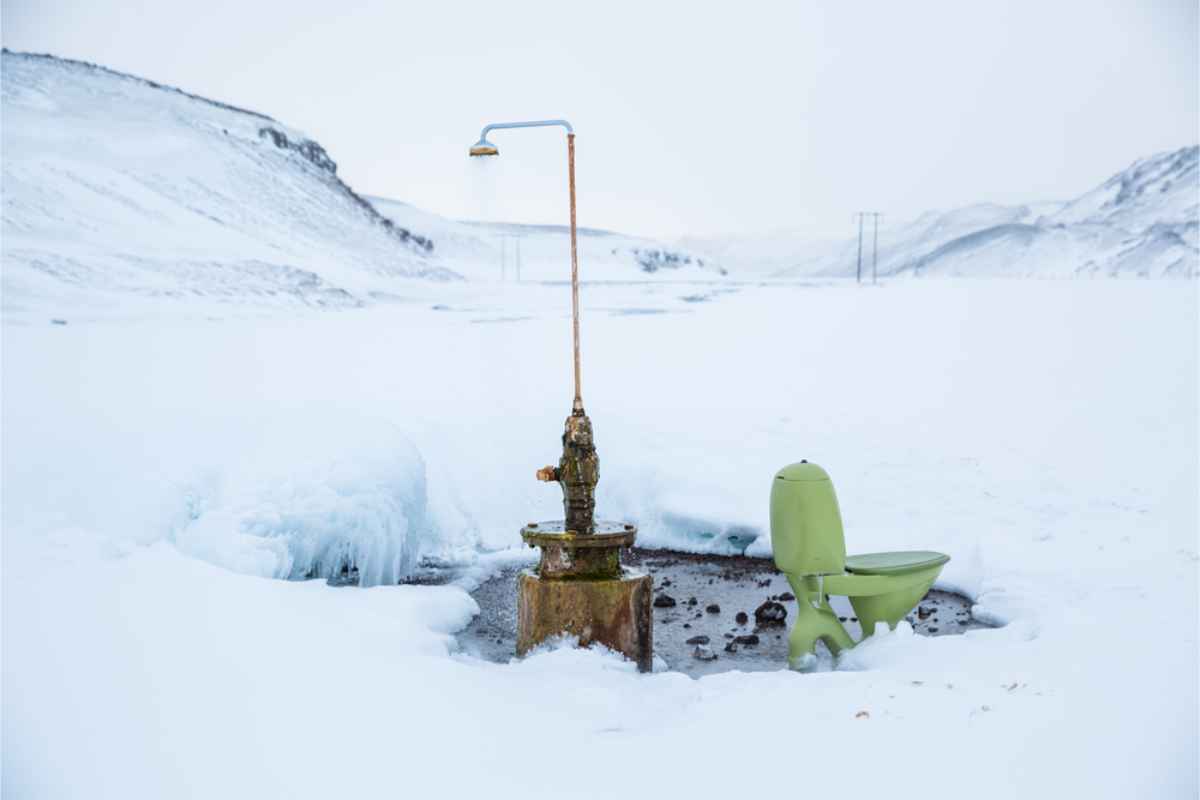
Cash or Card? Planning for Payment
Public toilets in Iceland aren’t always ready for your shiny card. Many older cubicles still take coins in Icelandic króna. A few modern facilities have upgraded with card readers, but don’t count on it when you’re desperate. Keeping small change handy can be the difference between relief and regret.
It ties neatly into the bigger Iceland truth: nothing’s really free. You’ll pay for parking, sometimes for showers, and yes, even for toilets. Think of it like the only toll road in Iceland: pay up or keep driving in circles while everyone else goes through.
The fix is simple. Keep a stash of coins in the glovebox and a card in your pocket for the newer setups. That way, you’re covered either way. Out here, the currency isn’t just króna or Visa. It’s preparation, and a little humility when the door asks for payment.
Opening Hours and Availability
Many bathrooms in Iceland follow the opening hours of the places they’re located in. Cafés, bars, and public pools all have specific schedules, so it’s smart to plan your restroom breaks accordingly. Gas stations often run 24 hours, but that doesn’t always mean the toilets stay open too. Then again, by late night you’ll probably be tucked in and recharging for the next day’s adventure anyway.
Cleanliness, Facilities, and Accesibility
We know, we know. Nobody flies to Iceland dreaming about toilets. But once you’ve braved a roadside cubicle after a storm, trust us, you’ll care plenty about what’s waiting inside.
Modern Facilities at Gas Stations and Attractions
Many gas stations and major attractions now offer modern toilet facilities in Iceland that are heated, spotless, and equipped with running water. Larger stations sometimes even have showers, which makes them perfect for freshening up after hours on the road.
Facilities at chains like N1, Olís, and Orkan are free for customers, and they’re usually well-maintained, spacious, and surprisingly reliable. Some add Wi-Fi, snacks, or a decent coffee machine, turning a bathroom break into an actual pause in your trip.
For travelers, the details matter: signs are often in English, payment instructions are simple, and you don’t have to guess how things work.
Basic Toilets in Rural and Highland Areas
Step off the main roads and Iceland’s toilets look a lot less modern. In rural and highland areas, you’ll often find outhouse-style cubicles with almost no amenities, no sink, no soap, not even running water.
These are usually chemical units or small huts placed at trailheads, campsites, or remote turnouts. Hygiene is passable, but carrying tissues and hand sanitizer is a must. Most of these toilets are seasonal, unlocked in summer and shut down in winter.
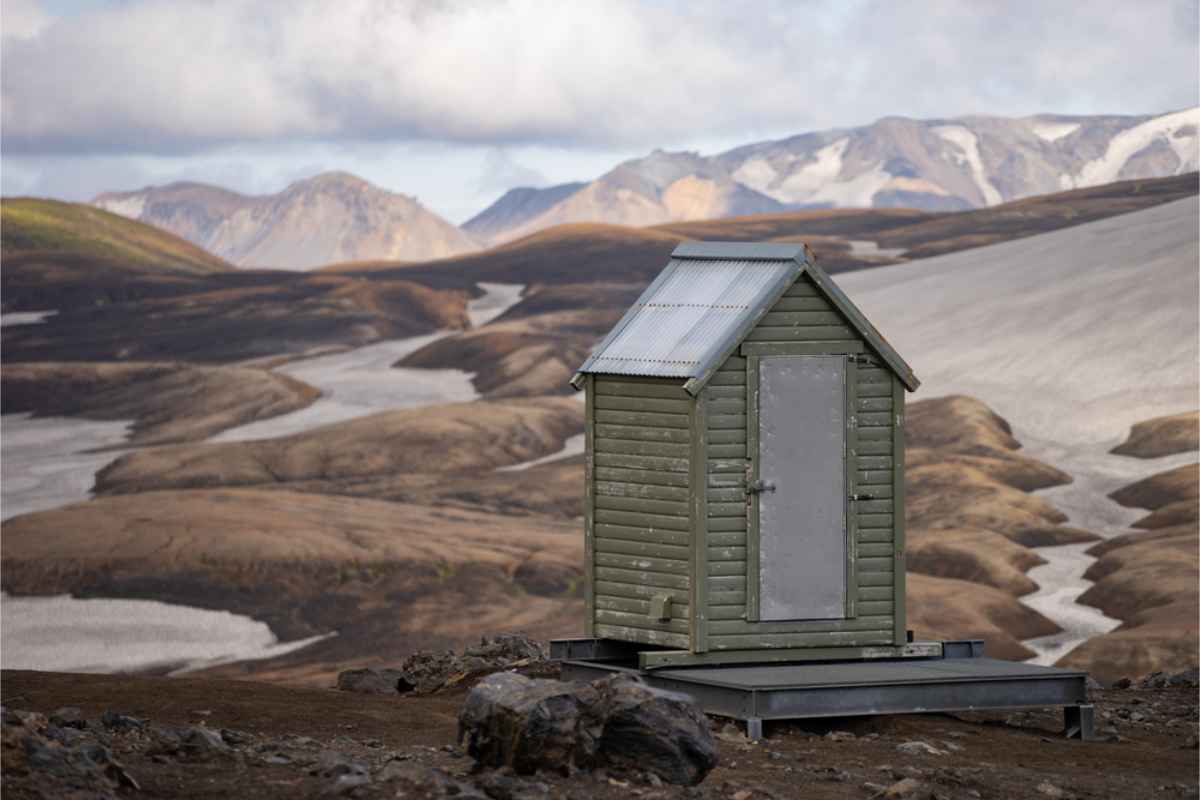
Bathroom Etiquette in Iceland
Bathroom etiquette here isn’t complicated. Use the public toilets, the gas station stalls, and the cubicles at attractions. They’re there for a reason. Leave them tidy. Nobody wants to walk in after you and wonder what exploded.
In towns, you will have to pay up and wait your turn. No jumping the queue, no matter how urgent. At cafés or gas stations, grab a coffee or fuel before heading to the restroom. It’s not written on the wall, but it’s expected.
Out in the countryside? Different story. Sometimes there’s nothing. If you end up squatting behind a rock, do it right. Step away from trails and water, dig a small hole, and cover it. And yes, tissues come with you in a bag. Gross, sure, but better than blowing across the lava fields. Locals hate that. On the bright side, Iceland has no snakes, so at least squatting in nature won’t end with fangs in your backside.
Ignoring this rule implies a form of litteting with hefty fines; some can even reach up to USD 1,000. Costly as that is, it’s nothing compared to the damage left on Iceland’s fragile nature
Planning Bathroom Breaks During a Road Trip
Road tripping across Iceland isn’t just about waterfalls and glaciers. It’s also about timing your bathroom stops before the next 60 km of nothing. Do we risk it, or pull in now? That question becomes a daily game.
Frequency: How Often Should You Stop?
Stopping every one to two hours is not being soft; it is being smart. Iceland’s weather flips without warning: heavy winds, sideways rain, sudden snow. Long stretches without a break pile on fatigue and mistakes.
Someone in the car will almost certainly always complain, “Do we really have to stop again?” The answer is yes. And racing between stops is pointless when Iceland's Speed Limits make sure the fine hurts more than the wait.
Best Stops for Families or Long Drives
Gas stations like N1 and Olís are the safest bets. Clean restrooms, hot snacks, indoor seating, and even the occasional play corner to keep kids occupied. Visitor centers at Thingvellir or the Geysir geothermal area also work well, with reliable toilets, space to regroup, and shelter when the weather turns.

Essentials to Pack in Your Rental Car
Packing for Iceland the smart way keeps your road trip running smoothly and avoids desperate moments. Here’s what you should always keep handy:
- Toilet paper, wipes, and sanitizer - Public bathrooms in Iceland are not always stocked, so carry your own.
- Small trash bag - Useful for tissues, snack wrappers, or anything else. Pack it out, keep the car and country clean.
- GPS or reliable app - Don’t count on constant signal; offline maps help you locate gas stations and reroute if roads close.
- Water bottle and snacks - Long stretches without services are normal. Keep energy close at hand.
- Phone charger and power bank - Cold weather drains batteries fast.
- Warm blanket and gloves - Useful if you are delayed or waiting out a storm. See our full Iceland Packing List for more essentials.
Insurance is just as important as supplies. At the bare minimum, we recommend Gravel Protection and Sand and Ash Protection. See our Car Rental Insurance Guide for details.
The Advantage of a Rental Car: Total Control Over Your Route and Rest Stops
Public transport in Iceland is fine if you enjoy timetables dictating your trip, but it kills flexibility. Miss a bus and you are stuck. Need a bathroom? Too bad. With a rental car, you call the shots. Stop when you need to, detour when something catches your eye, and skip the stress of relying on crowded schedules. That freedom matters most when nature calls or when the weather suddenly turns.
Driving yourself gives independence that public transportation in Iceland simply cannot match. You decide how long to linger at waterfalls, when to grab coffee, and where to end your day. It is your road trip, not somebody else’s schedule.
If you want the best of both worlds, check out our self-drive tours. They give you the framework of a planned trip while still handing you the keys and control. That is real travel freedom.
The Cold Truth About Iceland’s Bathrooms
Iceland’s bathrooms are not luxurious. Some spotless, some coin-operated, some locked just when you need them most. That is the reality. The smart person plans ahead, carries the basics, and never assumes the next stop will magically appear.
Respect the rules, respect the land, and yes, take your tissues with you if you have to. It is not glamorous, but it keeps Iceland pristine. If you want a trip where bathroom breaks fit your schedule, not the other way around, renting your own car is the answer. Check out our fleet and start planning on your terms.




